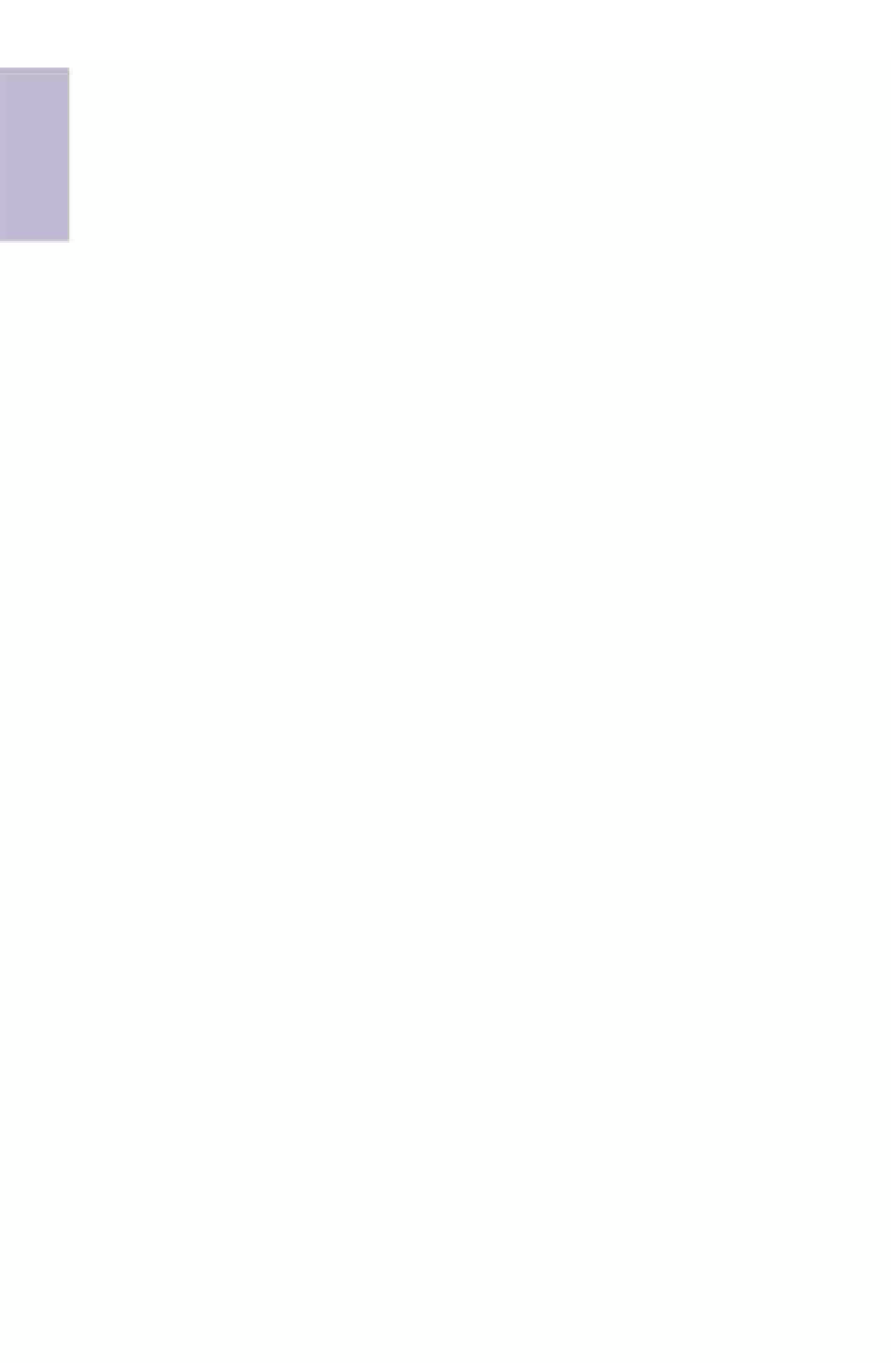Travel Reference
In-Depth Information
Hamburger Bahnhof/Museum für Gegenwart
Invalidenstr. 50-51 • Tues, Wed & Fri-Sun 10am-6pm, Thurs 10am-8pm • €14 •
W
hamburgerbahnhof.de • U- & S-Hauptbahnhof
North across Invalidenstrasse from the Hauptbahnhof lies Berlin's premier
contemporary art museum, the
Museum für Gegenwart
(Museum for Contemporary
Art), located in the
Hamburger Bahnhof
. Like the Anhalter Bahnhof, the Hamburger
station was damaged in the war, though it had ceased functioning as a station as early
as 1906. Fortunately, it didn't suffer its twin's fate in postwar redevelopment, and today
the old train station and the adjoining former industrial warehouses provide superb
spaces for an impressive postwar art selection: from Rauschenberg, Twombly, Warhol,
Beuys and Lichtenstein right on up to Keith Haring and Donald Judd. here's an
emphasis on video and film, with a vast array of 1970s video art, and an expansive
Joseph Beuys archive, to which the entire west wing is dedicated.
here's a good
bookstore
and
café
on the premises, and look out too for the calendar
of concerts, lectures and artist appearances.
5
Invalidenfriedhof
On the opposite bank of the Humboldthafen canal from the Hamburger Bahnhof,
there's the opportunity for a pleasant offbeat walk along a towpath to the
Invalidenfriedhof
, a one-time important Prussian military cemetery that spent the
second half of the twentieth century within the death-strip of the Berlin Wall. he
earliest graves date from the mid-eighteenth century, but the most impressive belong
to prominent Prussian figures, like Count Tauentzien and Generals Winterfeldt and
Scharnhorst. hese all remained largely undisturbed until the building of the Berlin
Wall, when parish boundaries dictated that the death strip would surround the graves.
Some of the graveyard was levelled and given over to access tracks, which remain, but
a good number of memorials - all those here today - were preserved and provided a
surreal and macabre touch to the death strip. his section of the Berlin Wall was also
famed for another depressing reason; it was here that Günter Litfin, the first victim of
the Wall, was shot and killed on 24 August, 1961, as he attempted to swim across the
canal. An information board commemorates the event.
Medizinhistorisches Museum
Charitestr. 1 • Tues, Thurs, Fri & Sun 10am-5pm, Wed & Sat 10am-7pm • €7 •
W
bmm-charite.de • U- & S-Hauptbahnhof
On the southern side of Invalidenstrasse, medical textbook horrors come alive at the
old-fashioned
Medizinhistorisches Museum
(Medical Museum), where two floors of a
working hospital are lined with dusty shelves harbouring the pickled collection of one
Rudolf Virchow (1821-1902), a local doctor and professor. Far from being dull, this
surreal and disquieting collection is captivating for its freakish qualities. You won't learn
much, thanks to the almost universal lack of signs and explanations (particularly for
those without German), but some displays - like the smoker's tarred lungs or the
alcoholic's fatty liver - need little explanation. But the grisly highlights - which will
likely remain with you for some time - are the deformed foetuses and babies. As vivid
as any horror filmmaker's imagination, these rows of disturbing deformities include
conjoined twins, babies absurdly swollen by hydrocephalus and elephantiasis and even
a cyclops. Clearly not one for expectant mothers, and, sensibly, children younger than
12 are barred - under-16s need to be accompanied by an adult.
































































